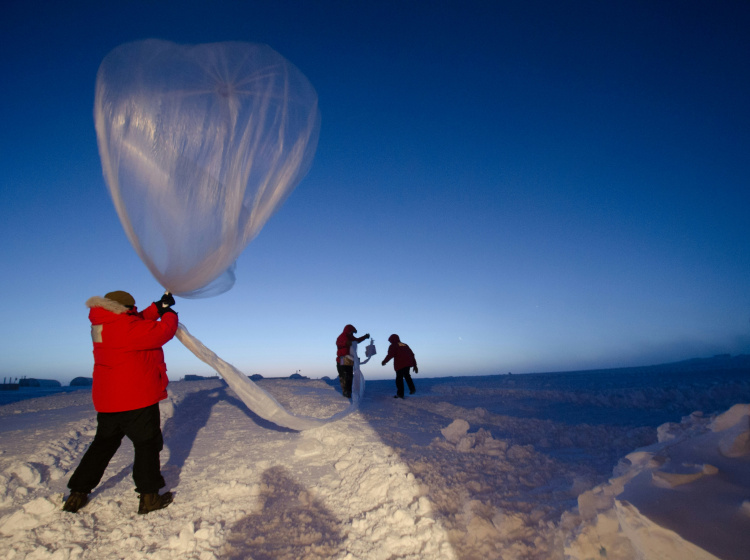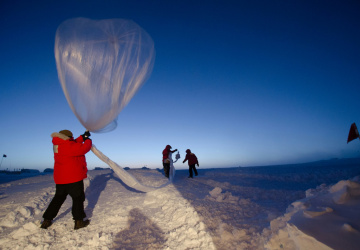We Command the Wind and Rain: The EU Explores Ways to Limit Warming by Blocking Solar Radiation
Will the European Union try to "command the wind and rain" if the current procedures to reduce carbon dioxide or methane emissions into the atmosphere and thus stop global warming fail? Experts continue to explore the use of certain methods.
The European Union, according to Euronews, is debating new methods to combat climate change, with one proposed solution being solar radiation modification (SRM) technology. This technology, which involves spraying aerosols into the atmosphere to reflect some sunlight back into space, promises to slow global warming but raises many questions regarding the safety and ethical implications of its deployment.
The EU is currently examining the feasibility of these technologies, despite the controversies surrounding them. The goal is to find ways to slow the rate of warming, especially given that the climate crisis is worsening and current measures to reduce greenhouse gas emissions are not sufficiently effective. The year 2023 recorded the warmest period in the history of measurements, leading to a more intensive search for alternative measures that could prevent further ecological disasters.
SRM technology, which includes various approaches such as injecting aerosols into the stratosphere, could potentially lower global temperatures by reflecting some sunlight. One of the tested concepts, marine cloud brightening, would use seawater to create more reflective white clouds.
Critics of this technology ">caution that SRM carries numerous unknown and potentially dangerous side effects. Concerns include unmanageable climate changes in different parts of the world, unclear geopolitical consequences, or the possibility that governments might focus less on reducing emissions and rely solely on these techniques.
Moreover, this interference in natural processes could harm ecosystems and threaten biodiversity. Some scientists therefore point out that SRM should be used only as a supplement to intensive emission reductions, not as a substitute.
The European Commission is collaborating with scientific institutions to research both the technical and ethical aspects of SRM. The key objective is to establish a legal and regulatory framework to ensure the safe and responsible use of these technologies, should they ever be decided upon for deployment.
The research also focuses on ensuring that these technologies are developed transparently and with consideration for the interests of all stakeholders, including communities in areas that could be most affected.
The question of whether SRM can truly offer a solution to the climate crisis remains open. While it is a potentially revolutionary technology that could deliver immediate results in terms of temperature reduction, it must be approached with great caution. The possible future of climate protection may therefore lie in a balanced approach that combines traditional emission reductions with carefully regulated use of new technologies like SRM.










